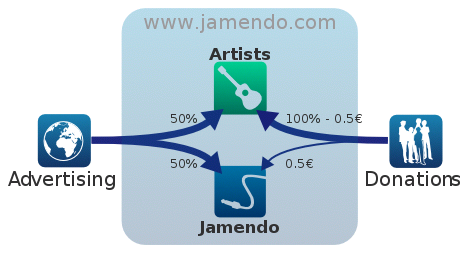I’ve seen lots of confusion about microformats, but Jon Udell takes the cake in describing XMP:
It’s a bit of a mish-mash, to say the least. There’s RDF (Resource Description Framework) syntax, Adobe-style metadata syntax, and Microsoft-style metadata syntax. But it works. And when I look at this it strikes me that here, finally, is a microformat that has a shot at reaching critical mass.
How someone as massively clued-in as Jon Udell could be so misled as to describe XMP as a microformat is beyond me.
XMP, which is basically a constrained RDF/XML serialization following super-ugly conventions that may be embedded in a number of file formats (most prominently PDF and JPEG, but potentially almost anything), is about as far from a microformat as one could possibly get. Off the top:
- XMP is RDF/XML and as such is arbitrarily extensible; each microformat covers a specific use case and goes through great lengths to favor interoperability among publishers of each microformat (sometime I will write about how microformat and RDF people mean completely different things by “interoperability”) at the expense of extensibility.
- XMP is embedded in a binary file, completely opaque to nearly all users; microformats put a premium on (practically require) colocation of metadata with human-visible HTML.
- XMP would be extremely painful to write by hand and there are very few tools that support publishing it; microformats, to a fault, put a premium on publisher ease–anyone with a passing familiarity with HTML could be writing microformats.
I don’t agree with everything the microformats folk have done, but they do have a pretty self-consistent approach, if one bothers to try to understand it. XMP ain’t it.
XMP is by far the most promising embedded metadata format for “media” files — which is mostly a testament to how terribly useless to non-existent the alternatives are (by some definitions there are none).
Addendum: I’m really only picking on one word from Udell’s post, the remainder of which is recommended. It is useful to me to learn that “There’s also good support in .NET Framework 3.0 for reading and writing XMP metadata.”
Update 20070215: Udell explains:
Now there is, as Mike points out, a big philosophical difference between XMP, which aims for arbitrary extensibility, and fixed-function microformats that target specific things like calendar events. But in practice, from the programmer’s perspective, here’s what I observe.
Hand me an HTML document containing a microformat instance and I will cast about in search of tools to parse it, find a variety of ones that sort of work, and then wrestle with the details.
Hand me an image file containing an XMP fragment and, lo and behold, it’s the same story!
Yes, for 99% of the .01% of the world that cares at all, microformats and XMP are the same: metadata, embedded data, or even just data. That’s what I was hinting at in the title of this post — in the minds of 99% of the .01%, microformats are becoming synonymous with metadata, i.e., genericized. This is either a marketing and naming coup or disaster, depending on one’s perspective (I don’t particularly care).
I considered this headline: If XMP is a microformat, RDFa sure the heck is a microformat.

